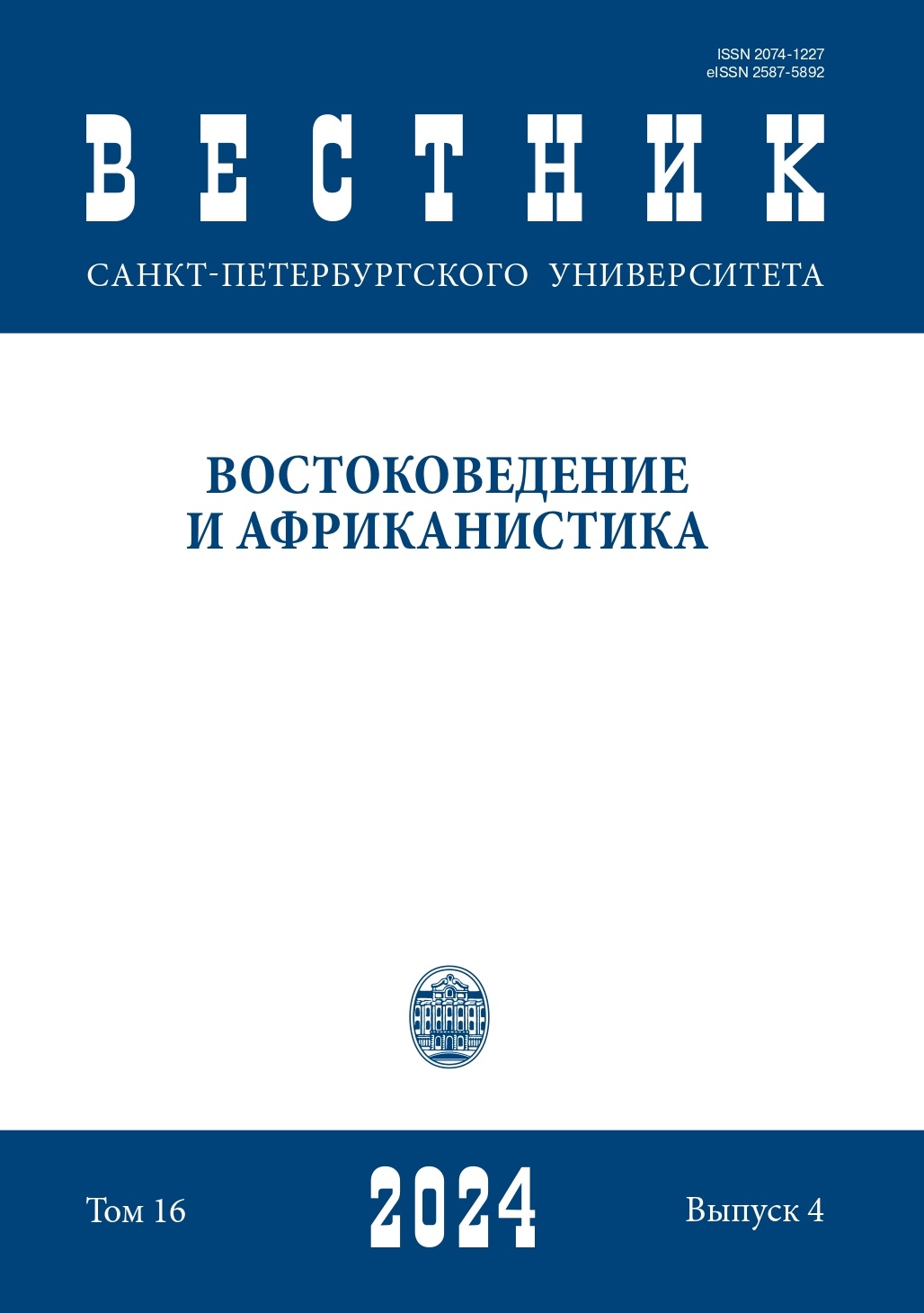Muslim Sources about the Turkic Governors of Khorezm: On the Example of Ikinchi ibn Kochkar and Anush-Tegin Garcha
DOI:
https://doi.org/10.21638/spbu13.2024.404Abstract
The migration of the nomadic Turkic tribes of eastern Desht-i Qipchak to the borders of Transoxiana and Khorasan has its reflection in numerous monuments of Muslim historiography both of the pre-Mongol period and as part of later writings. Researchers are relatively well aware of certain Turkic tribes or tribal associations that had different forms of interaction with representatives of settled cultures. However, at the same time, there are numerous examples of incorporation of people from a nomadic environment into the administrative or military system of the state formations of Transoxiana and Khorasan, and their biographies were described quite in detail by the authors of Muslim historical and geographical writings. At the same time, such plots have significantly less historiography, since the attention of specialists was focused mainly on the migration processes themselves, rather than on such frequent examples of the presence of nomads or on the people from a nomadic environment in the service of the rulers of Transoxiana and Khorasan. In this article, we would like to analyze two cases when a representative of the nomadic Turkic tribes of eastern Desht-i Qipchak became the governor of Khorezm, namely, we will talk about Ikinchi ibn Kochkar and Anush-Tegin Garcha. We will be interested not in the biographies of both Khorezmshahs only, but also how they managed to achieve this title, how their governorship in this region took place and whether they managed to transfer power in Khorezm to their descendants. Both of these examples are also important for understanding of what place Khorezm occupied as part of the Seljukid state of Khorasan and what was the peculiarity of the administration of this region. Finally, the biographies of both of these Khorezmshahs are also interesting for consideration of what common mechanisms natives of the Turkic nomadic environment used as part of the administrative or military system of the state formations of Transoxiana and Khorasan.
Keywords:
Khorezm, Ikinchi ibn Kochkar, Anush-Tegin Garcha, Muslim historical writings, nomadic Turkic tribes, Desht-i Qipchak
Downloads
References
Downloads
Published
How to Cite
Issue
Section
License
Articles of "Vestnik of Saint Petersburg University. Asian and African Studies" are open access distributed under the terms of the License Agreement with Saint Petersburg State University, which permits to the authors unrestricted distribution and self-archiving free of charge.





